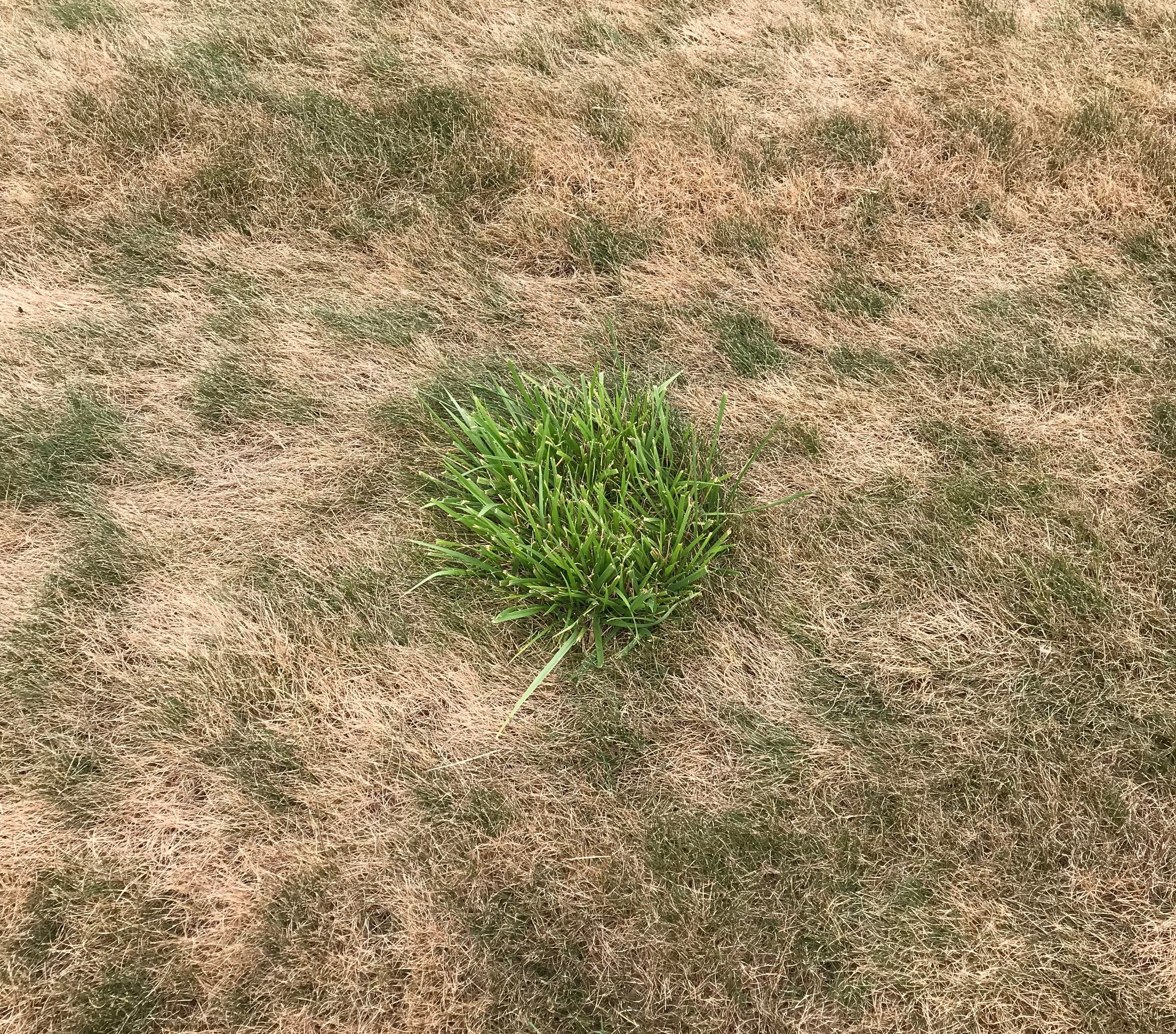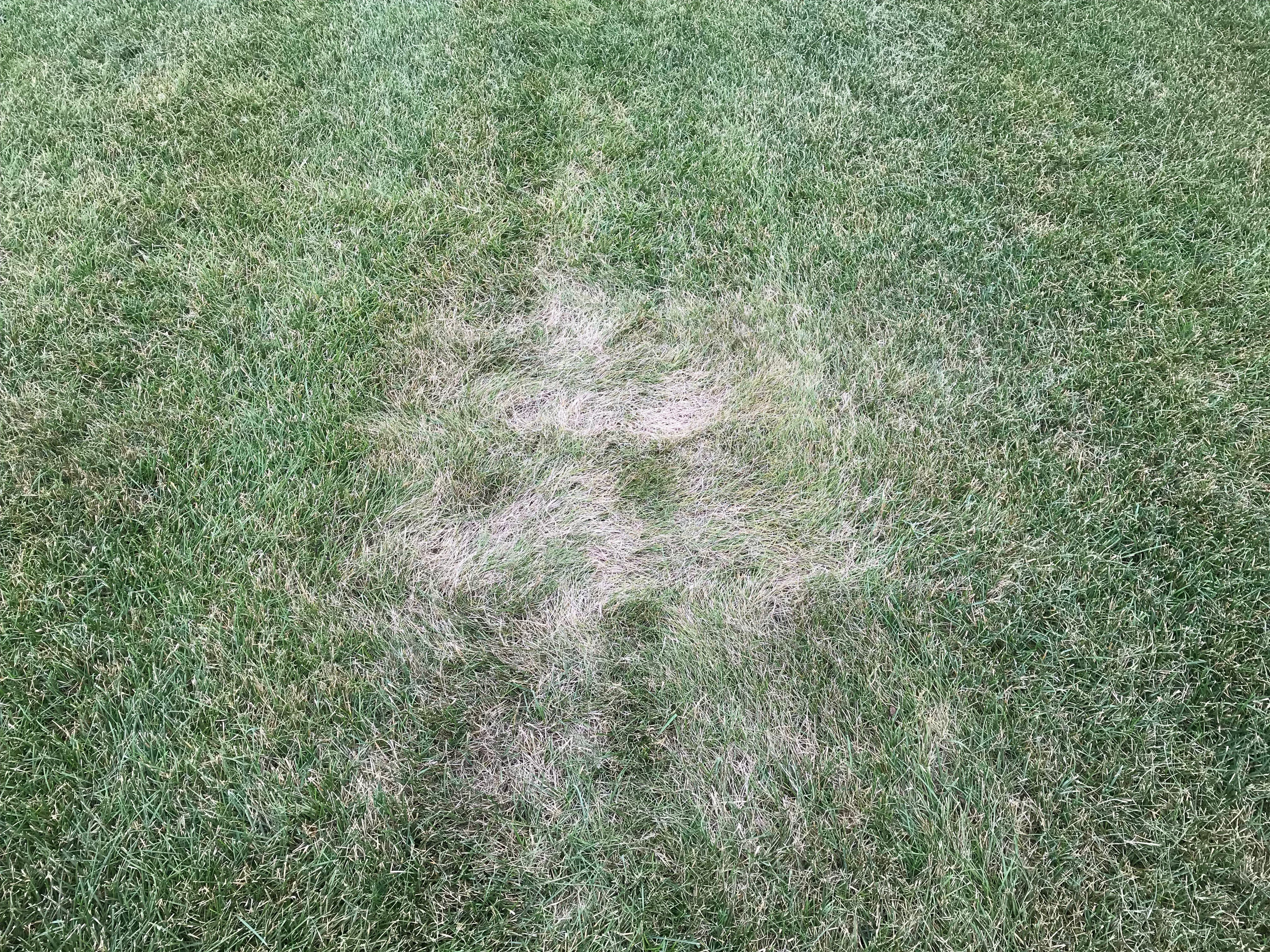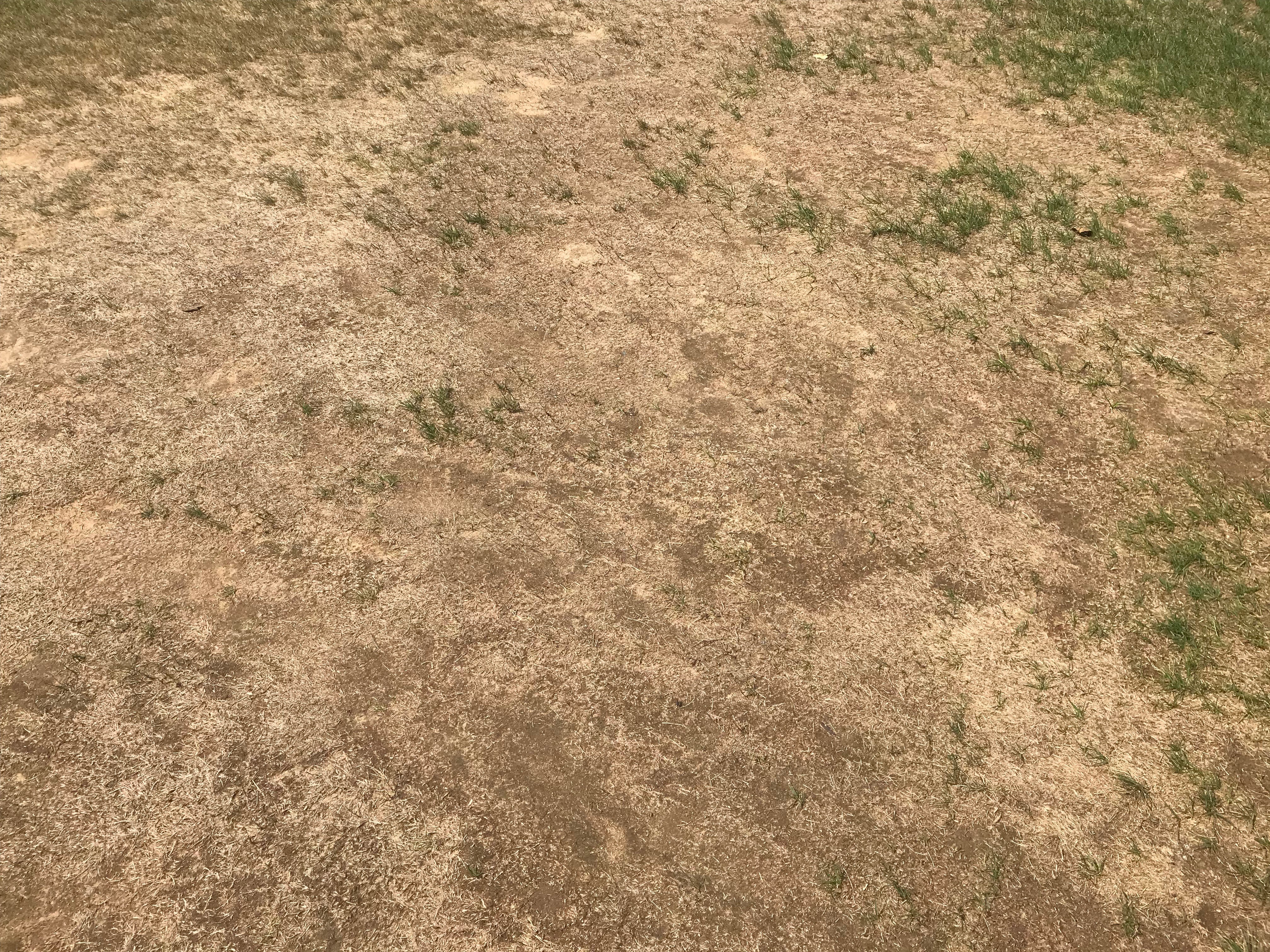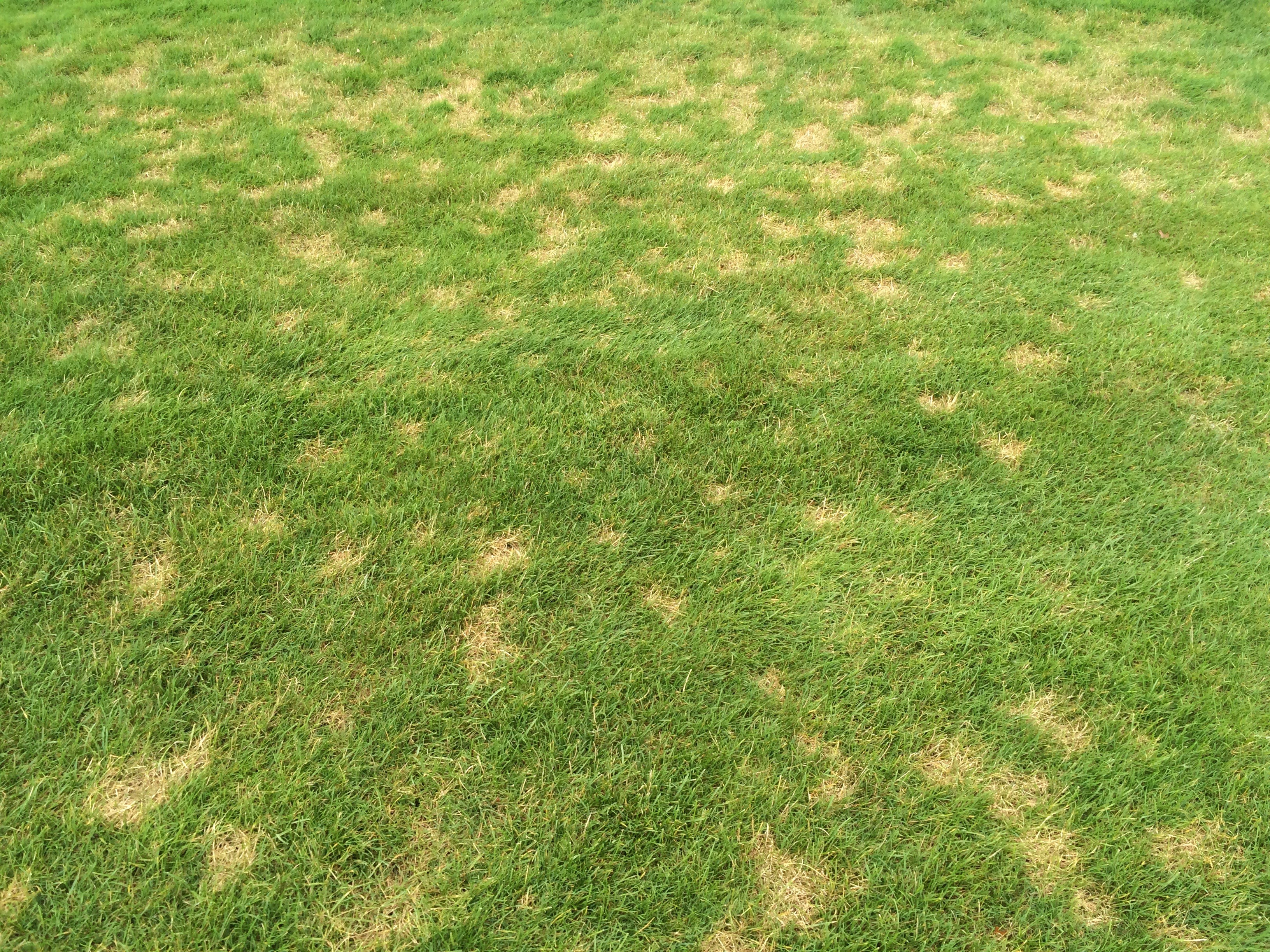Is my lawn dead?
July was hot and dry and unirrigated lawns were dormant. Following recent rains, many are wondering whether or not their lawns are dead and need reseeding.

The weather in July of 2018 was definitely one for the record books with extreme heat and dry conditions throughout much of Michigan. The combination of drought and high temperatures stressed cool-season turfgrasses and in some areas the verdict has yet to be delivered on whether it was life or death. The rainfall that the state received in the last 10 days provided some moisture relief and cooler temperatures, especially night temperatures, and has resulted in dormant turf areas starting to show signs of life as green shoots emerge.
This weekend, I mowed my turf for the first time since June and honestly it was more of a recreational mow, i.e., not really cutting much top-growth. Across my patch of turf and many others I’ve observed, the one consistent theme in recovering turf is inconsistency. There are many areas that were stressed that are slow to revive and re-growth is sporadic.
There are many possible explanations for why turf is slowly and inconsistently recovering.
One explanation is that species responded differently to the stress of July. Some species such as tall fescue may have held onto their green color and even continued growing at a very slow rate, while others such as fine leaf fescue went dormant and may still be dormant awaiting additional precipitation. Some of the inconsistency in regrowth can be due to mixed stands of turf re-growing at different rates.

Tall fescue in a fine leaf fescue turf.

Fine leaf fescue in a Kentucky bluegrass lawn.
A second explanation is that traffic on dormant turf is a scenario where recovery may not be possible and reseeding is necessary.

Fine leaf fescue severely trafficked in a golf course rough.
A third, and final, explanation is that for lawns that have recovered quickly, diseases such as dollar spot are active and causing sporadic injury.

Dollar spot in Kentucky Bluegrass.
Before making the decision to reseed, consider making a fertilizer application to help the existing turf recover. The ideal seeding time is following Labor Day weekend, so if you fertilize now you’d have about three weeks of recovery time before you need to decide if reseeding is necessary. See “Tips for seeding lawns in September” from Michigan State University Extension for further information.



 Print
Print Email
Email




